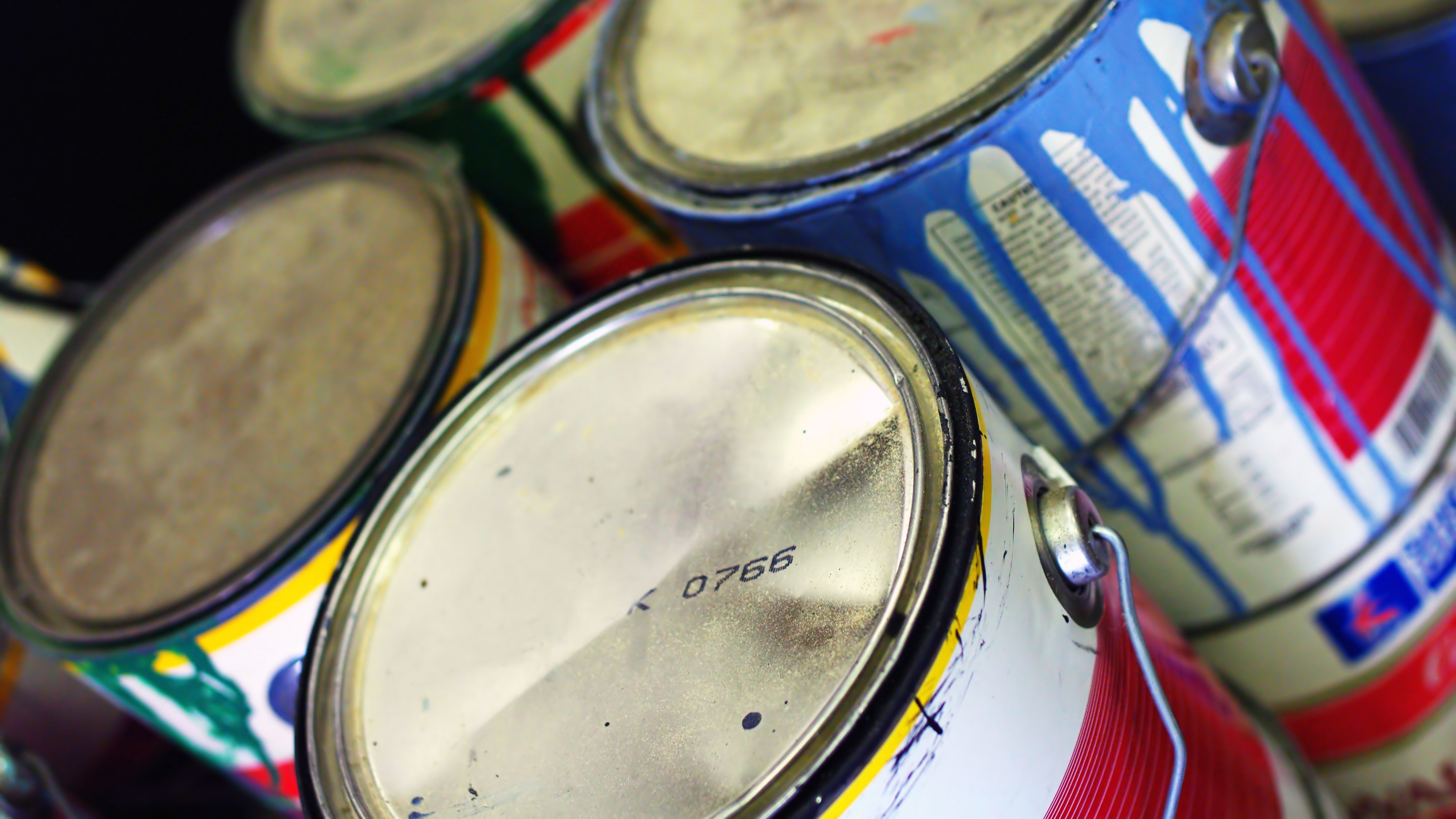Q. I’ve been painting the inside of our home and find myself with paintbrushes and rollers filled with latex paint (don’t worry, it’s a zero-VOC paint!). I can either 1) wash out all this paint in the sink, which seems to take forever and makes me worried about the water treatment facility; or 2) throw them away, which, wow, seems horribly wasteful.
Suggestions?
Inara
Corvallis, Ore.
A. Dearest Inara,
Did Michelangelo toss his brushes after a hard day at the Sistine Chapel? Did da Vinci chuck his bristles once he had Mona Lisa’s smile just so? I confess I don’t know this for sure, but doubt it. They (or, more likely, one of their lackeys) cleaned their brushes for tomorrow’s works of art, and so should you. Proper care and cleaning will keep your tools in masterpiece-ready shape for years, so it would indeed be wasteful to treat them as short-lived disposables.
Kudos for using zero-VOC (volatile organic compounds) latex paint, Inara: As you already know, latex pain is water-based and therefore not considered toxic, as opposed to oil-based paints. And the zero-VOC side of the equation means it doesn’t spew health-damaging, ozone-creating fumes into your home and the atmosphere, either.
But we can’t let latex paint completely off the hook – it may still harbor biocides to inhibit mildew, acrylics and vinyls, crystalline silica, and various additives and emulsifiers. That means we cannot pour the paint itself down the drain (head over here for more on how to safely dispose of leftovers) and we should be thoughtful about how we dispose of the water we use to wash our painting tools.
That wash water is less worrisome than full-strength paint, but that doesn’t mean you can dump the dirty water on the ground, into a septic system, or anywhere it might wash straight into your friendly neighborhood waterways. Here’s where it gets interesting, though: Some wastewater treatment facilities say it’s OK to send the wash water down the drain for treatment (like Grist’s hometown of Seattle). Others are more exacting with their advice.
A representative from your local Corvallis water treatment facility pointed me to your municipal code, Inara, which prohibits the discharge of anything with dyes or other colors they can’t remove. Paint – basically, a colored dye by nature – falls into this category. So handle it (or at least the first couple of rinses) like you would any other hazardous waste and haul it to your local dropoff center.
Pull it off with the three-bucket cleanup system: First off, get as much paint off of the tools as possible by wiping brushes on the edge of the paint can, or scraping rollers with a 5-in-1 tool to squeeze out the excess Nantucket Dune Taupe and Salmon Sunset Pink. Then, rather than scrubbing your brushes and rollers under a running faucet, clean them in a bucket filled with a small amount of warm, soapy water. (Think dish detergent or hand soap.) Work the paint out of the bristles, then transfer the brush to a second container of clean rinse water. Swish it around, then complete one more rinse in a third bucket. Finally, cover the buckets and take the water down to your hazardous waste collector.
What if your town tells you to dump your wash water down the drain? My take is that it’s better to be safe than sorry when we’re dealing with our watersheds. You can always try this trick: Allow the buckets to settle for 24 hours; when you pour the water out, you should be able to reserve the small amount of paint residue left in the bottom. Save the stuff, let it dry (you may need to mix with kitty litter or sand) and toss it in the household trash.
It’s worth noting, Inara, that oil-based paints require extra solvents to clean. These should always go to the hazardous waste center – not down the drain. When in doubt about what to do, contact your wastewater treatment gurus and ask.
In sum: Is it easier to toss those paint-soaked brushes out with the rest of your project waste as soon as your new hues start drying? Undoubtedly. But just like clothing, dishes, and pillows, your painting tools are dirty – not done for. You’ll just need to take an extra step to protect all those downstream.
Colorfully,
Umbra



